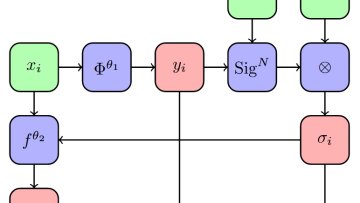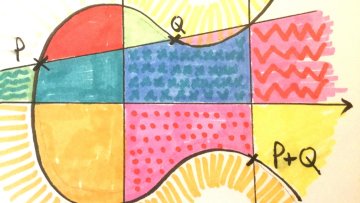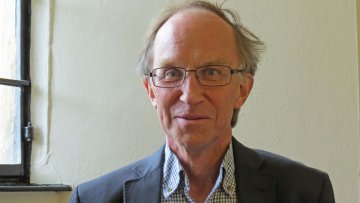Oxford Mathematician Patrick Kidger talks about his recent work on applying the tools of controlled differential equations to machine learning.
Sequential Data
The changing air pressure at a particular location may be thought of as a sequence in $\mathbb{R}$; the motion of a pen on paper may be thought of as a sequence in $\mathbb{R}^2$; the changes within financial markets may be thought of as a sequence in $\mathbb{R}^d$, with $d$ potentially very large.




